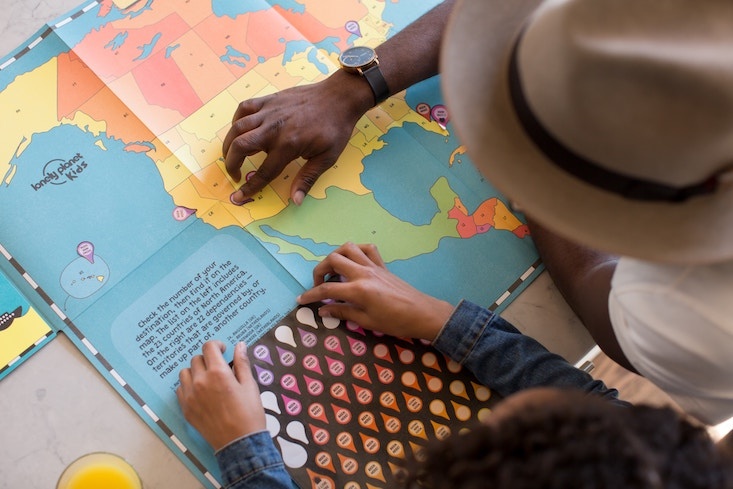As classrooms become more global and interactive, our students’ academic, social and metacognitive skills need to diversify in order to meet the complexities of our changing world.
What are 21st Century skills?
According to the Glossary of Education Reform, “21st century skills refers to a broad set of knowledge, skills, work habits, and character traits that are believed-by educators, school reformers, college professors, employers and others-to be critically important to success in today’s world. 21st century skills can be applied in all academic subject areas and in all educational, career and civic settings throughout a student’s life.”
Although there are different frameworks implemented worldwide, the Partnership for 21st Century Skills (P21) has identified four core competencies:
- Content Knowledge; The mastery of fundamental subjects, which also includes global awareness, financial literacy, civic, health and environmental literacy
- Learning and Innovation Skills; Creativity, Critical Thinking, Communication and Collaboration, (also referred to as the 4c’s)
- Information, Media and Technology Skills; Information literacy, media literacy and ICT literacy
- Life and Career Skills; Social and emotional skills, metacognition, flexibility and adaptability, leadership, responsibility, productivity and accountability
These skills can be taught through project based learning where learning is student led, but teacher guided. With project based learning, students use technology in an informative way as a means to not only locate information, but to build portfolios and stream their work through multiple channels. However, this advancement in coursework requires *information literacy skills. Combined with life and career skills, students are equipped with the knowledge, the know-how and the determination to become lifelong learners and productive members of society.
21st Century skills are not linear by design. Managing these skills involves preparation and specific learning tasks with open-ended inquiries for student learning. As part of the critical thinking process and taking responsibility, students can learn to complete projects and tasks collaboratively and independently with the help of management systems like ClassGears. Classgears is 21st century learning in real time. Students identify and apply their knowledge of information and technology skills by tracking their learning and progress.

What do the frameworks look like around the world?
According to the Ministry of Education Singapore, the core values are prioritized by values; a person’s character. The middle section of this framework focuses on social and emotional competencies. Students receiving this education will have studied the importance of perseverance, civic responsibility, self-reflection and a healthy mind and body.
According to the Australian Curriculum, students learn to apply general capabilities of content knowledge, skills and behaviors in various circumstances.
For additional information regarding international strategies and how Hong Kong and Shanghai’s frameworks are leading the educational pathway, go to asiasociety.






